When you use the verb “piacere” you need the indirect pronoun before the verb. Learn how to use mi piace VS A me piace – Verb PIACERE with preposition A.
Example: mi piace
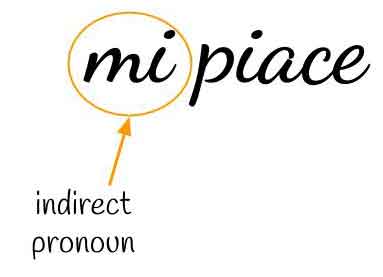
What are the Indirect Pronouns?
Indirect object pronouns replace indirect object nouns. In Italian, they answer the question a chi?
Indirect object pronouns are identical in form to direct object pronouns, except for the third person singular gli – le and plural gli.
They precede, like direct object pronouns, a conjugated verb and they do not agree in gender and number with the past participle.
The third singular form le – gli never elide in front of verbs beginning with h– or vowel.
In Italian, you can choose between two different indirect pronouns: ATONI and TONICI
If you choose “atoni” you say mi piace.

If you choose “tonici” you say a me piace.
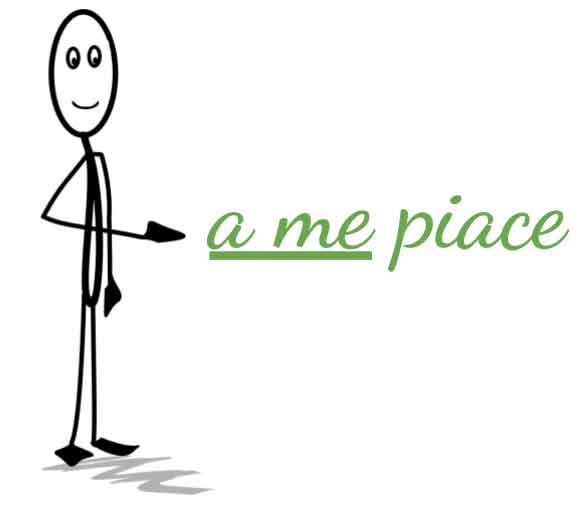
There is a little difference, just more emphasis on “tonici”.
It’s WRONG to say: a me mi piace.
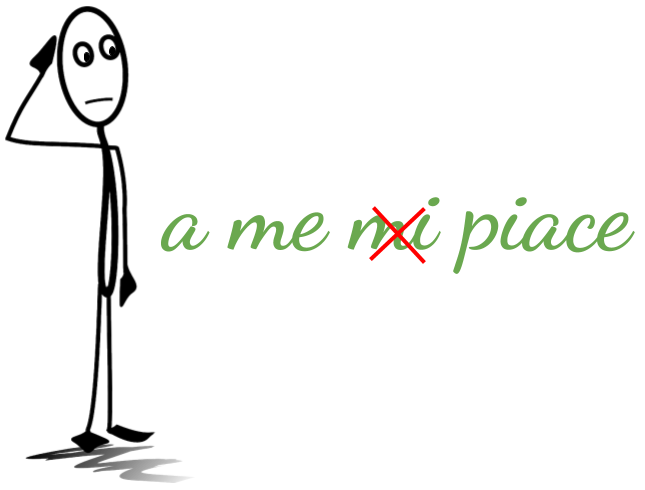
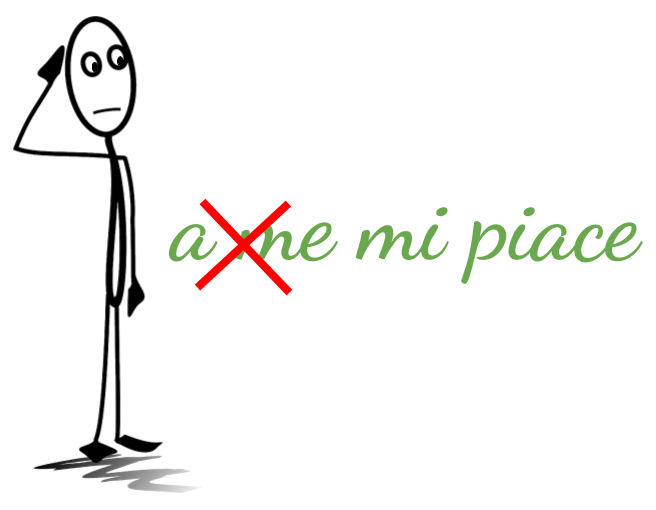
SINGULAR
1 person 
2 person 
3 person 
masculine
3 person 
feminine
PLURAL
1 person 
2 person 
3 person 
masculine
3 person 
feminine
When the person who likes something is not a pronoun but a noun, the noun must be preceded by the preposition A – Mi piace VS A me piace – Verb PIACERE with preposition A
Example –> A Maria non piace la pizza.
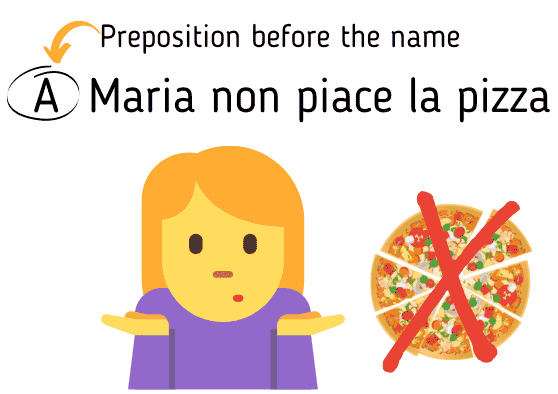
More Examples:
| A Claudia non piace andare a scuola | Claudia doesn’t like going to school. |
| Allo zio Davide piace la musica classica. | Uncle Davide likes classical music. |
| A Piera non piacciono questi/queste. | Piera doesn’t like these. |
| Ai miei nonni piace dormire. | My grandparents like sleeping. |
| A Franco e Luisa piace viaggiare. | Franco and Luisa like travelling. |
| A Sara non piace il caffè | Sara doesn’t like coffee |
Learn more about TONICI vs ATONI

What’s next?
You might want to keep learning Italian online with these free resources:










Leave a Reply